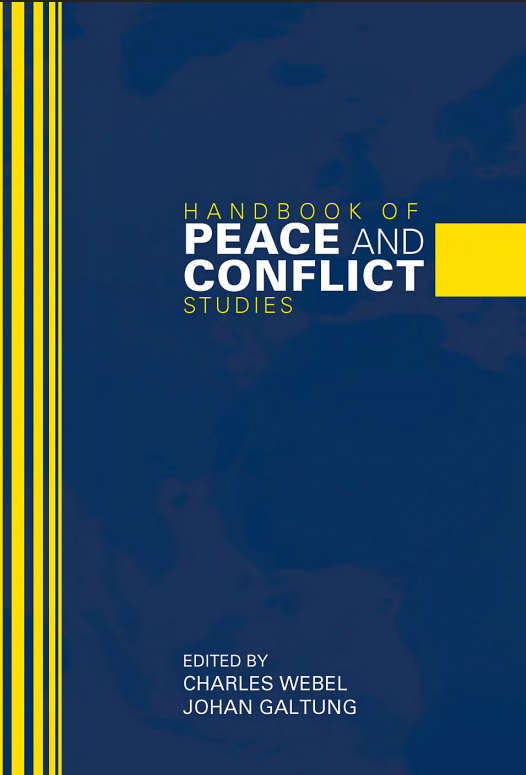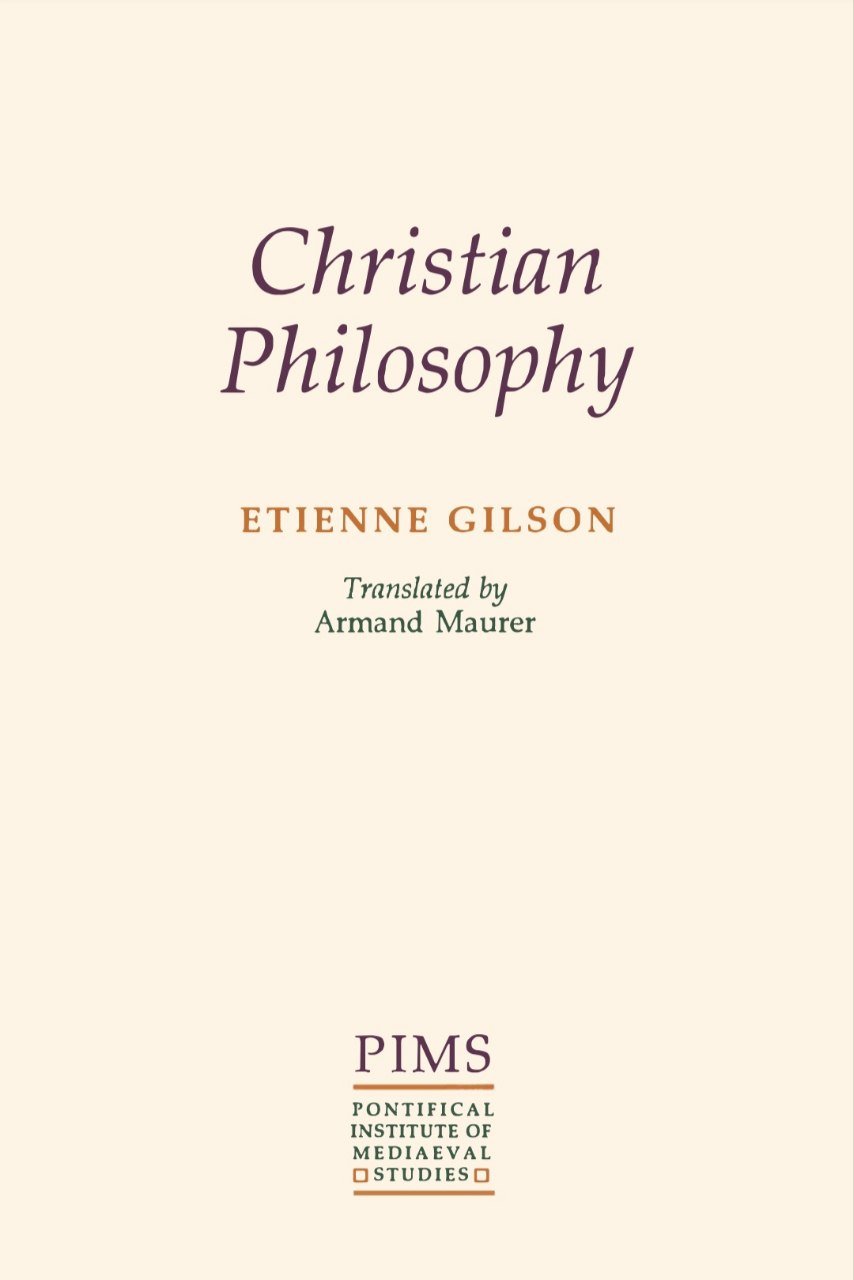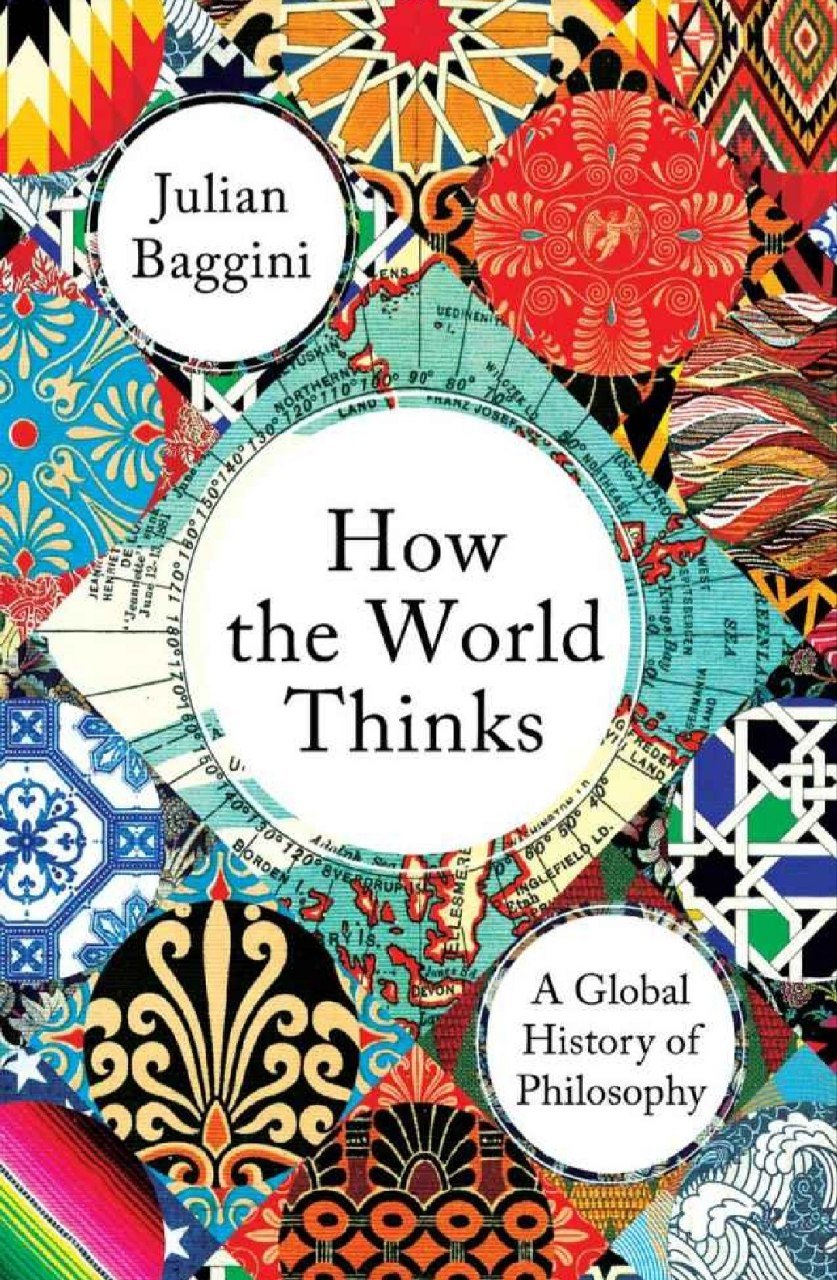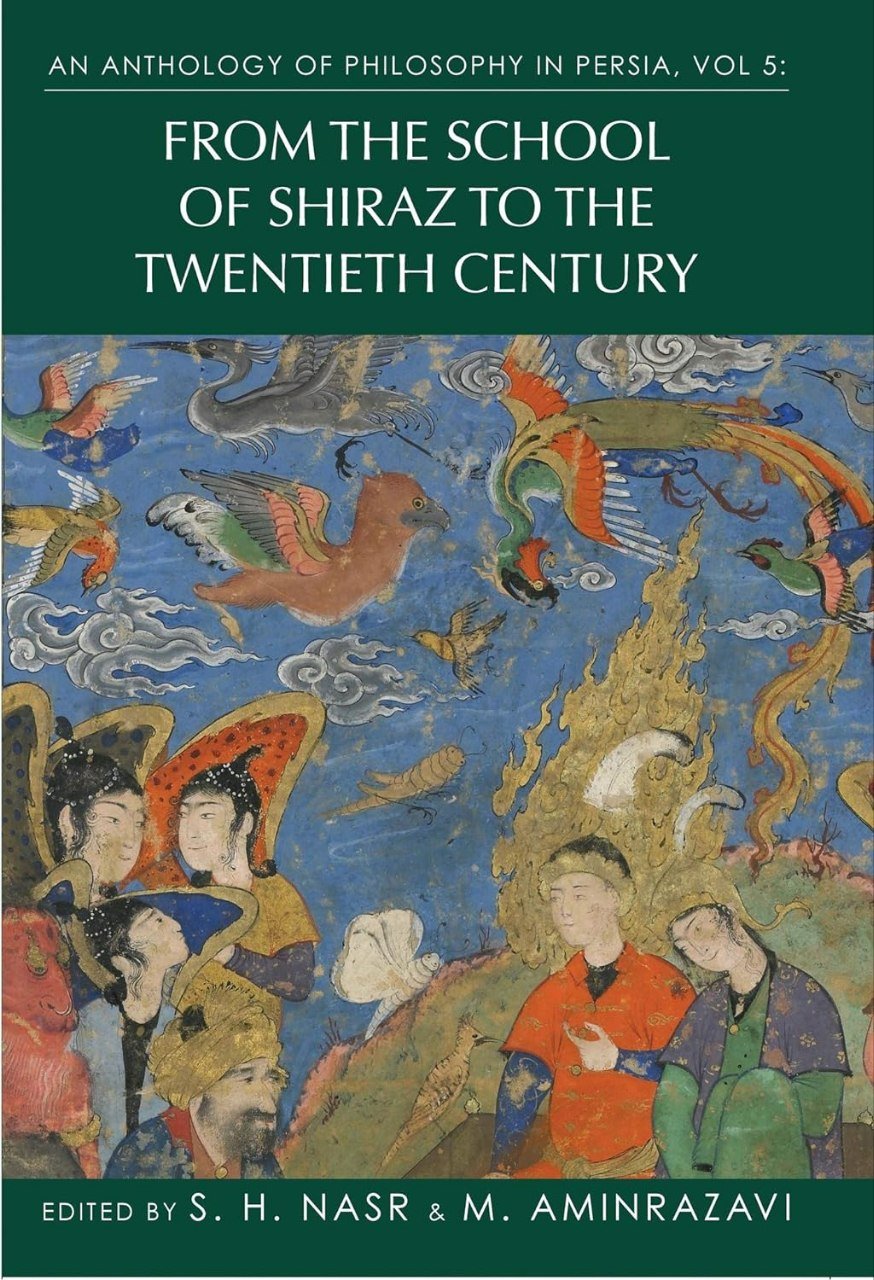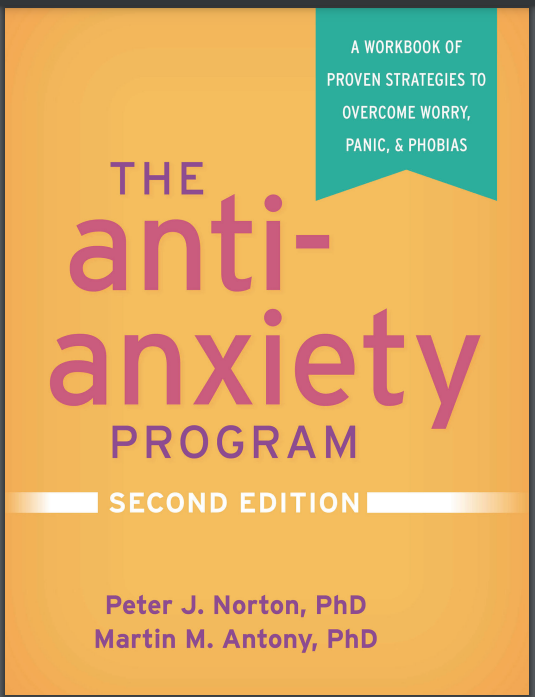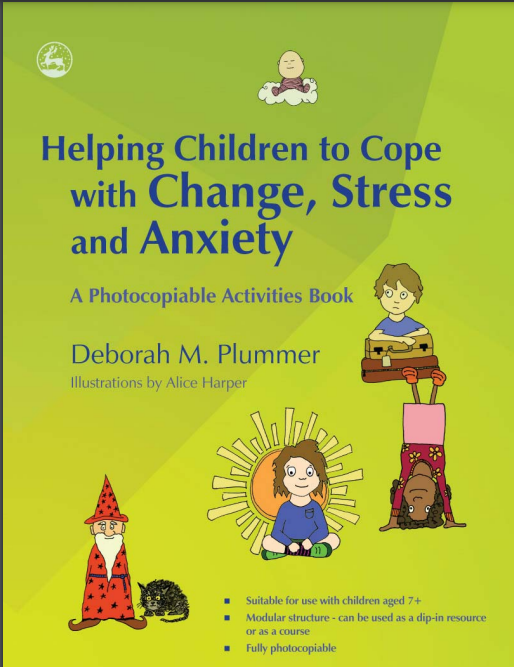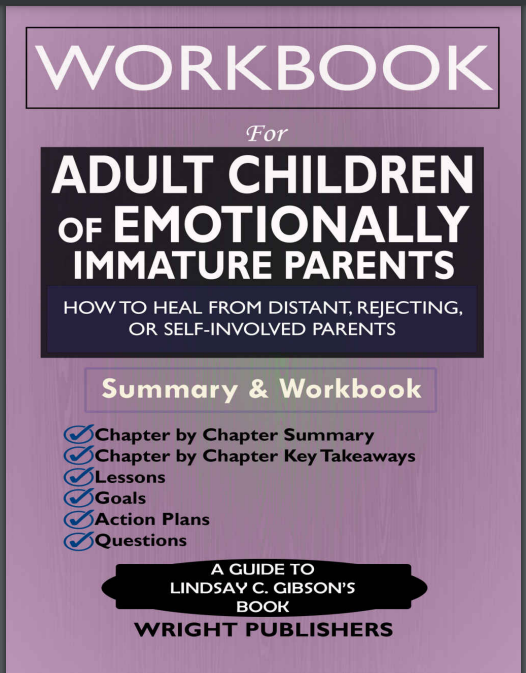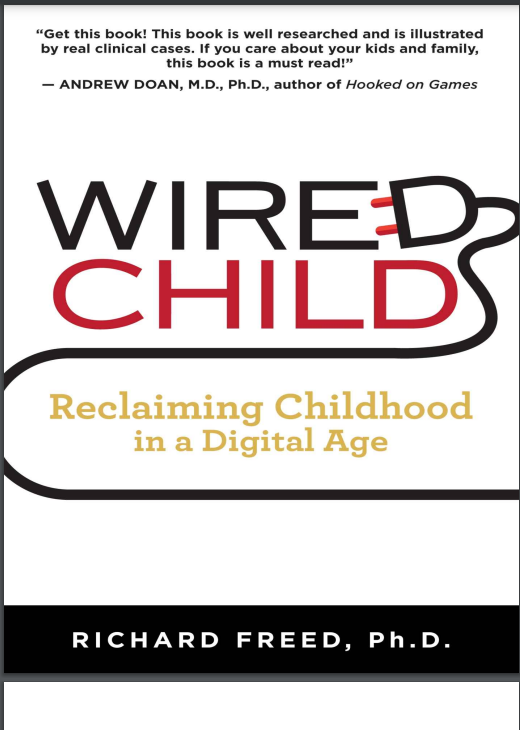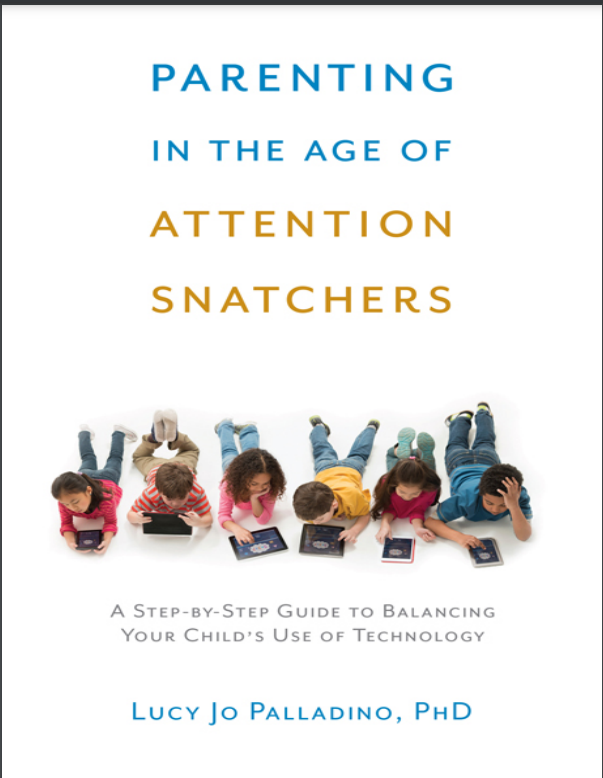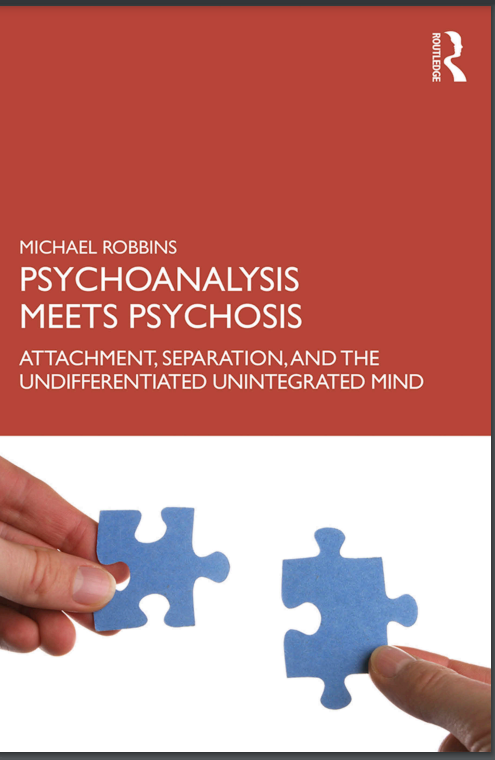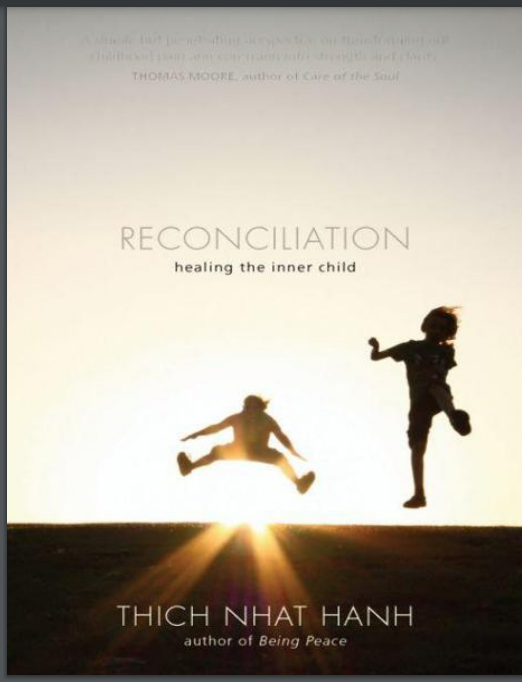

The Sibyl by Pär Lagerkvist
Reviews
No review yet. Be the first to review this book!
Description
The Sibyl ✍🏼 Pär Lagerkvist Summary: The Sibyl is a profound and haunting novel by Swedish Nobel laureate Pär Lagerkvist, first published in 1956. The novel blends myth, philosophy, and theology in an exploration of humanity's eternal questions about fate, guilt, divine justice, and the search for meaning. The story is framed as a dialogue between two main characters: a wandering stranger who reveals himself as Ahasuerus, the legendary Wandering Jew, and an old woman, once a revered sibyl (prophetess) of Delphi. They meet by chance near a sacred spring, and each tells the other their life story, sharing the burdens they bear from their encounters with the divine. The Sibyl recounts her tragic life, starting from her time as the chosen oracle of the gods at Delphi. She once possessed the power to convey divine prophecies, but her fate took a dark turn. She describes her relationship with the gods as capricious and cruel, recounting how she was ultimately cursed and banished after witnessing the birth of a divine child—a mysterious and otherworldly figure who was condemned by the gods. This event leads her to question the justice and morality of the divine powers she once served. Ahasuerus, on the other hand, shares his story of being cursed by God to wander the earth eternally after mocking Christ on the way to the crucifixion. His endless journey is marked by suffering, alienation, and the desperate search for redemption that remains forever out of reach. Together, their stories explore the themes of divine punishment, the inscrutability of fate, and the suffering inherent in the human condition. The novel delves into the tension between faith and doubt, belief and despair, as both characters grapple with the consequences of their unique but equally tragic destinies. Themes: The Silence of the Gods: Lagerkvist explores the silence and absence of the divine, leaving humanity to struggle with unanswered prayers and existential despair. Guilt and Redemption: Both the Sibyl and Ahasuerus are burdened by guilt and seek understanding or redemption in a world that offers little solace. The Human Condition: The novel presents a meditation on suffering, isolation, and the need for meaning in a seemingly indifferent universe. Myth and Allegory: Lagerkvist uses mythological and biblical figures to address universal philosophical and theological questions. Tone and Style: Lagerkvist’s prose is spare, lyrical, and deeply reflective. The narrative is simple on the surface but loaded with symbolic meaning and moral inquiry. It carries an air of timelessness, blending mythic elements with existential philosophy.






















.jpeg)







.png)
.jpg)


.jpg)
.jpg)







.jpeg)
.jpg)

.jpg)
.jpeg)















.jpeg)
.jpeg)






.jpg)














.jpg)
.jpg)
















